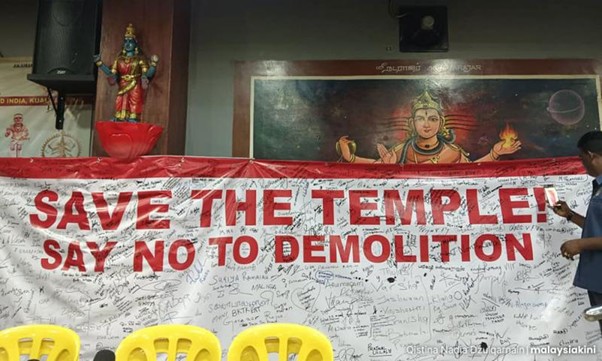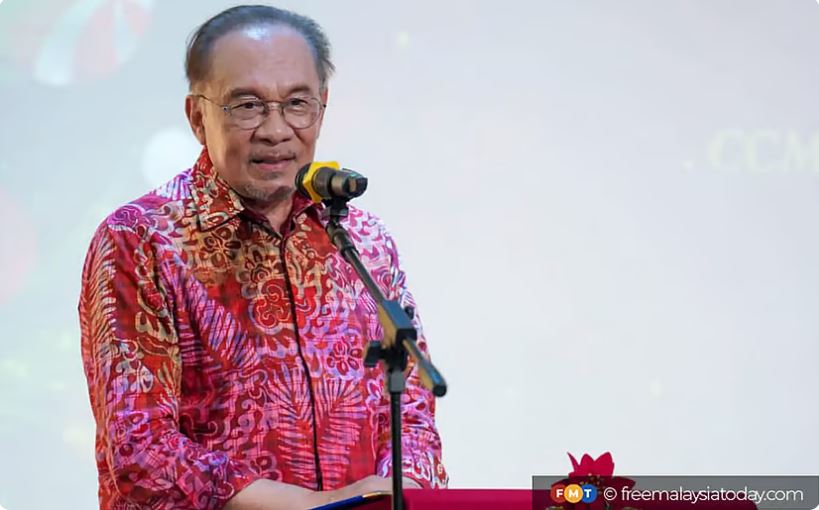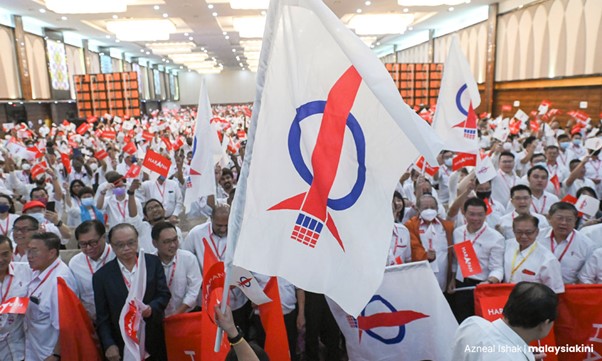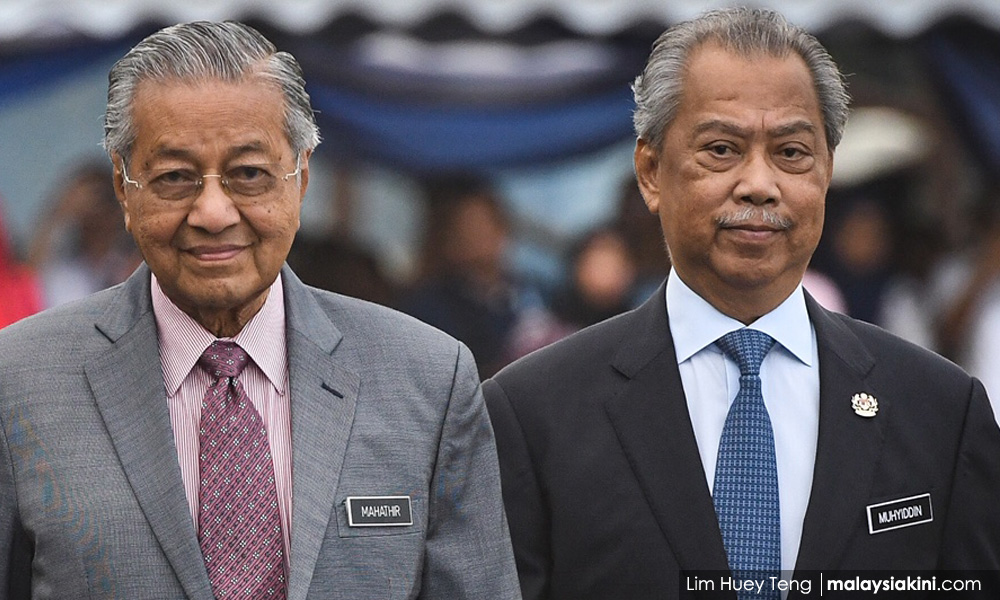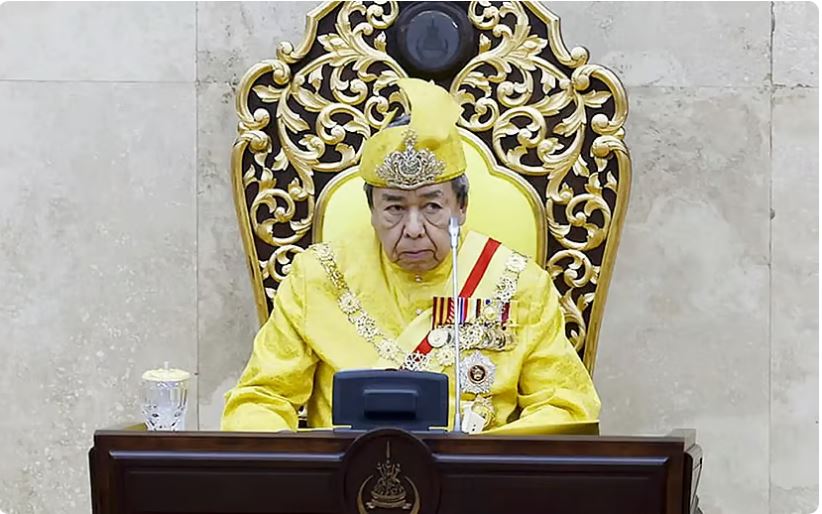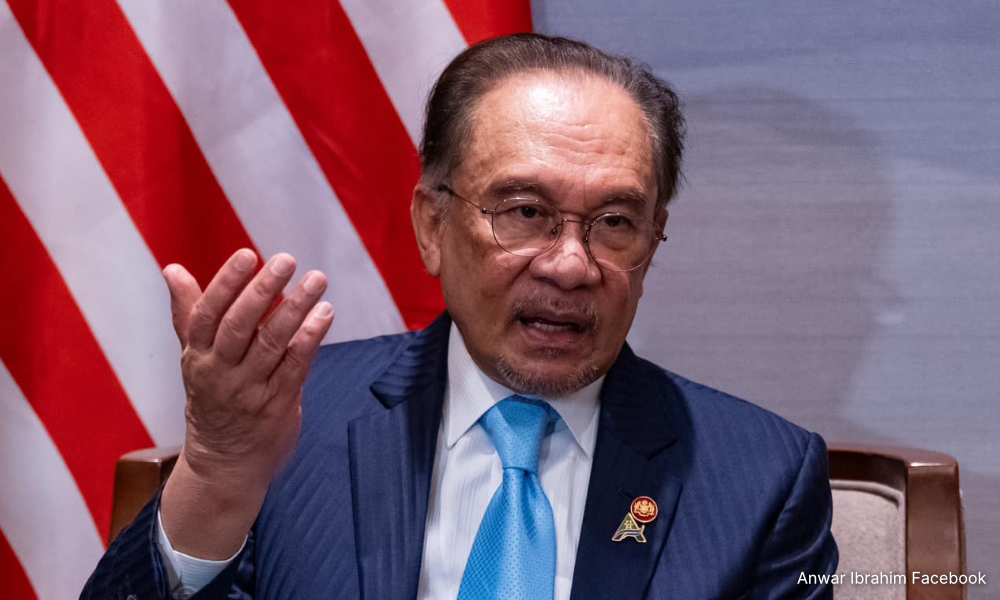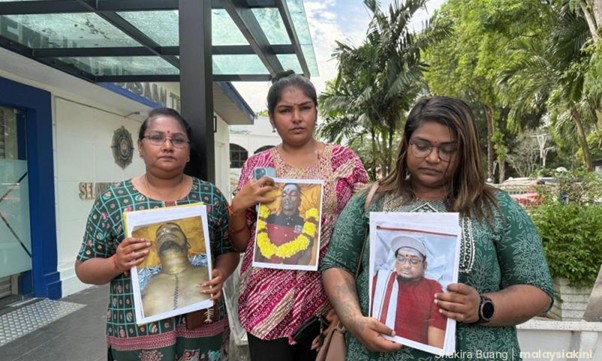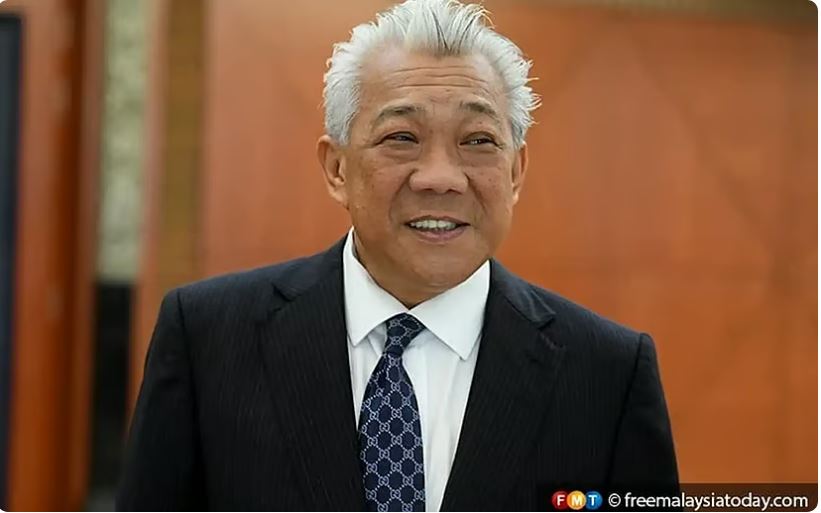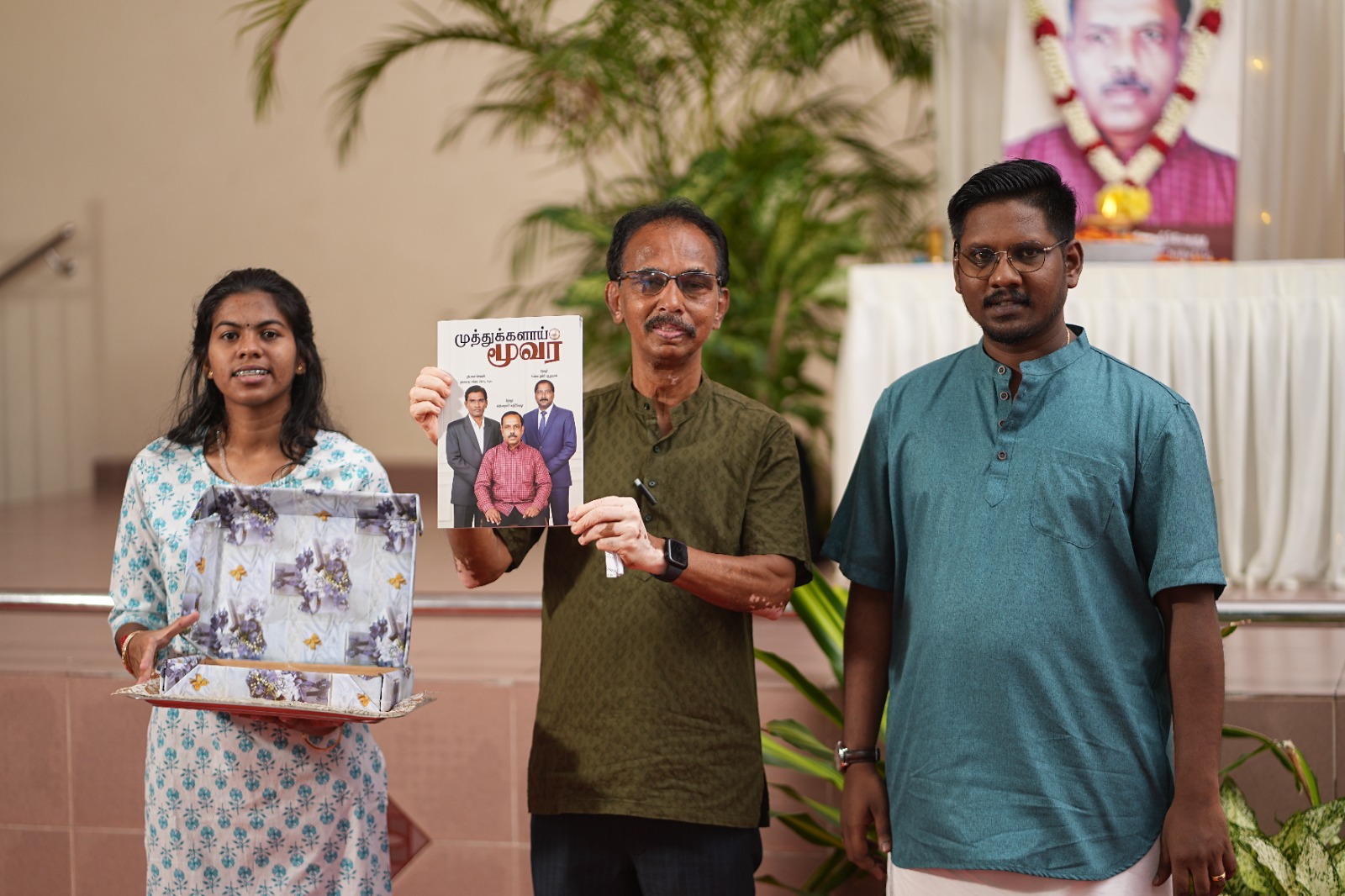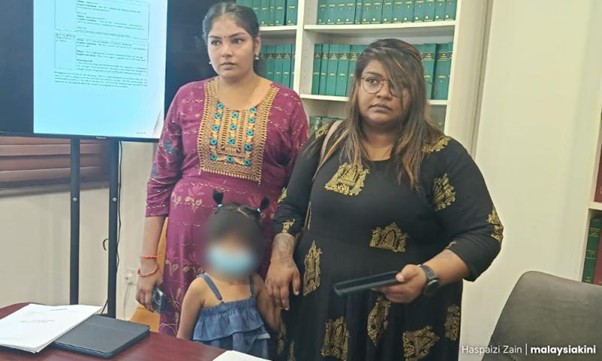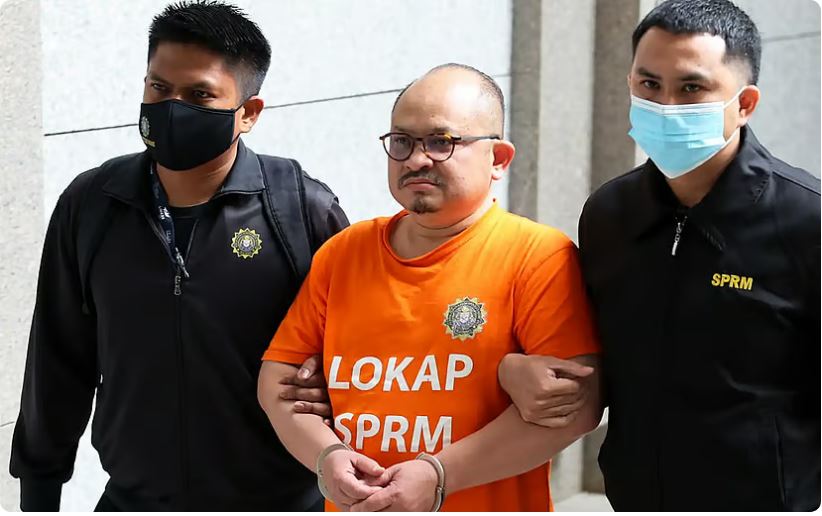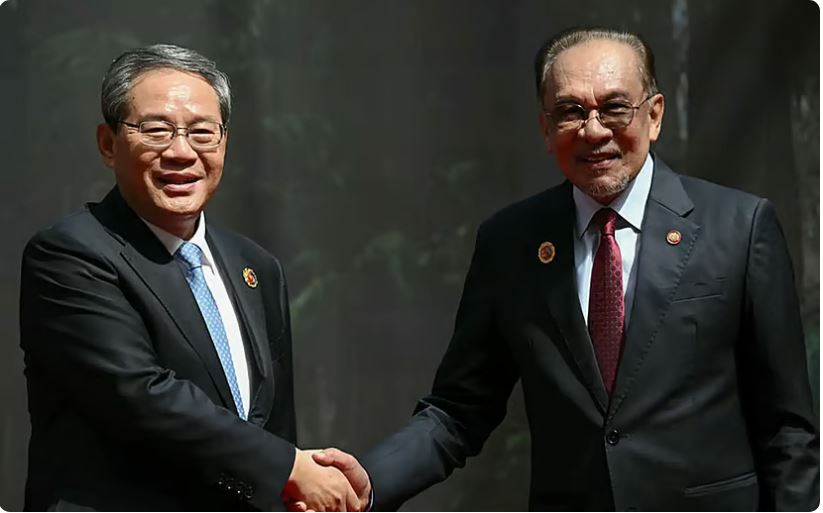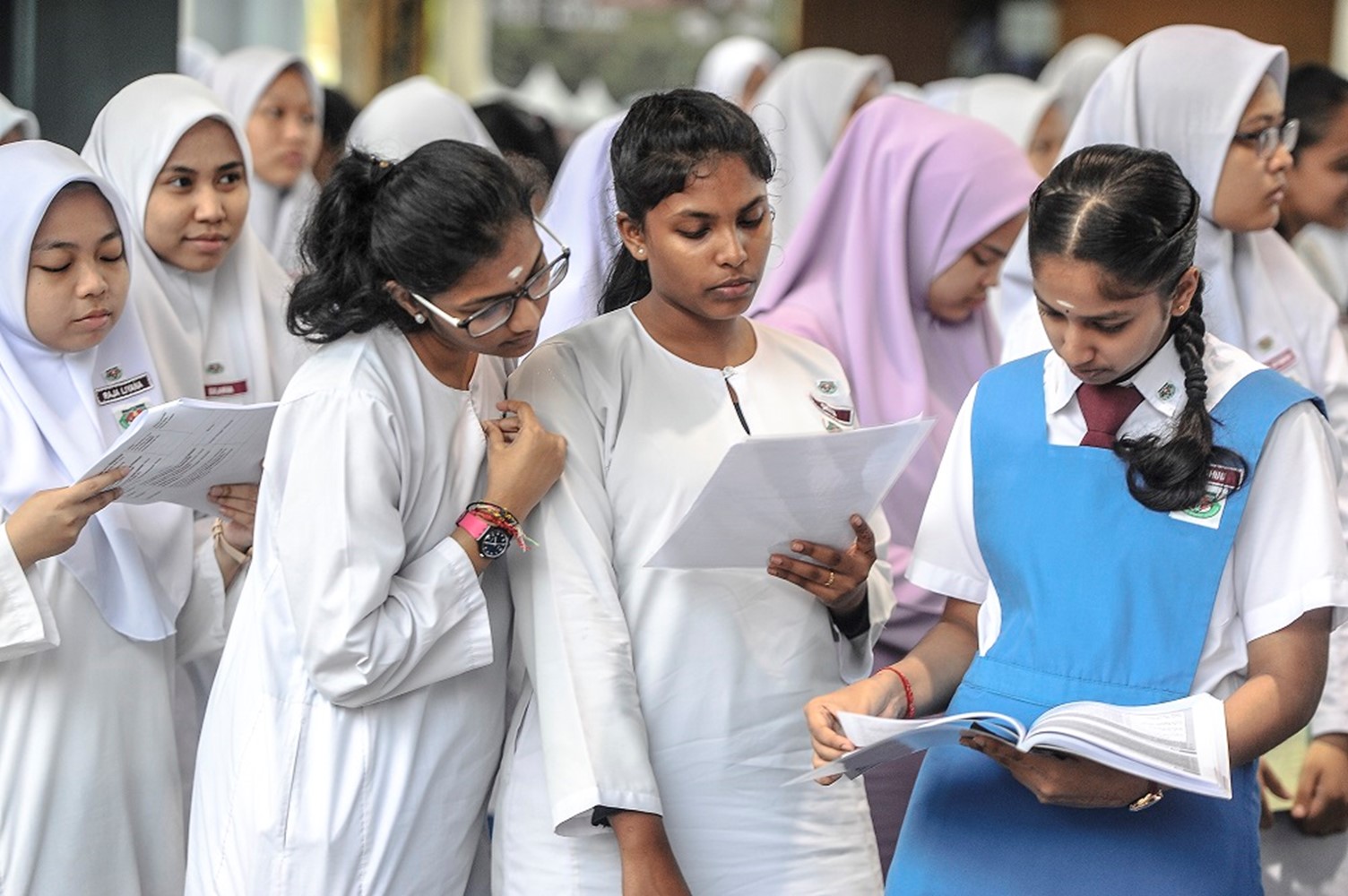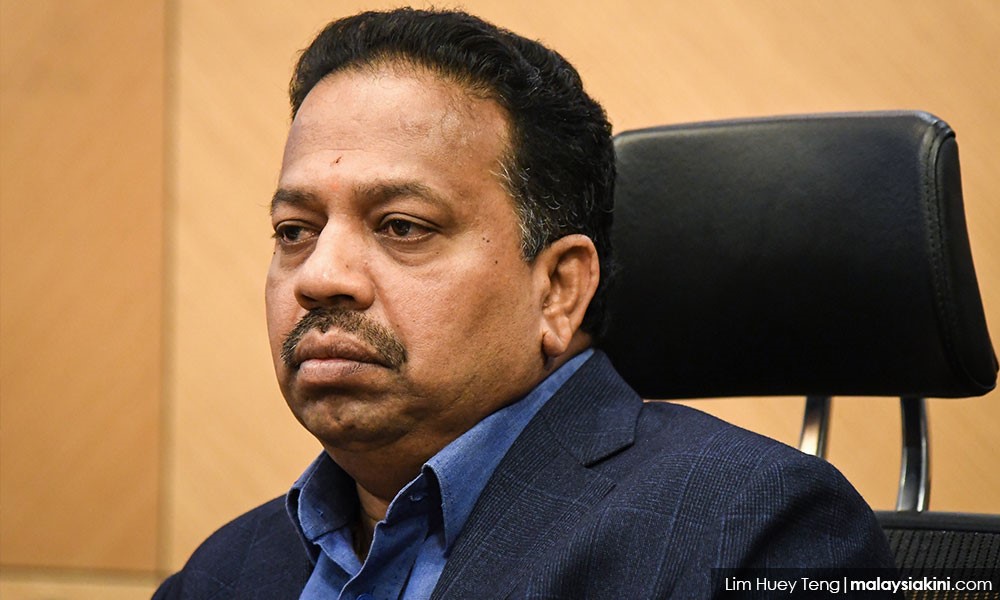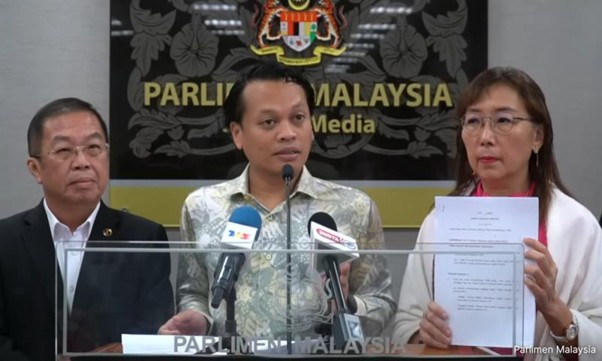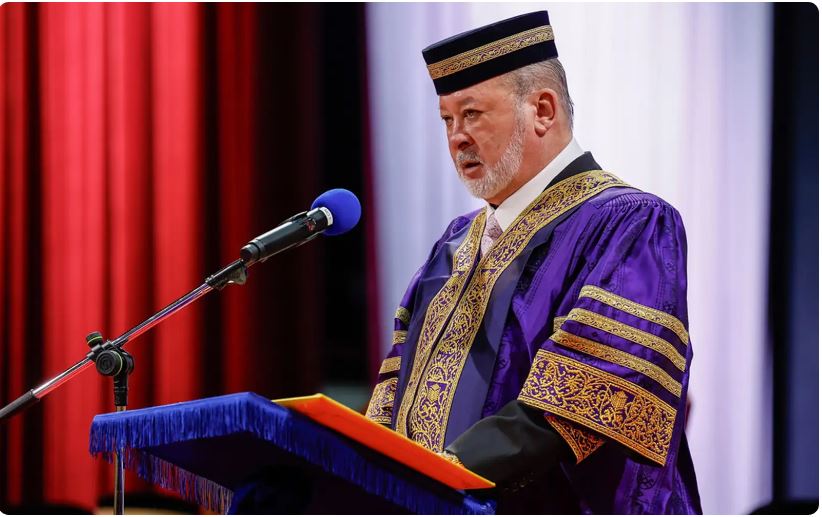கோலாலம்பூர், ஜாலான் முன்ஷி அப்துல்லாவின் நிலம் தொடர்பான பிரச்சினைகள் குறித்து தேவி ஸ்ரீ பத்ரகாளியம்மன் கோயில் குழுவைப் பிரதிநிதித்துவப்படுத்தும் வழக்கறிஞர்கள் பதிவு
சமீபத்தில் முடிவடைந்த மதனி மசூதி அடிக்கல் நாட்டு விழா அனைத்து தரப்பினருக்கும் இடையே ஒரு தீர்மானத்தை எட்டிய போதிலும், கோவிலுக்கு எதிரான குற்றச்சாட்டுகள் மற்றும் எதிர் குற்றச்சாட்டுகள் இன்னும் உள்ளன என்று முன்னாள் மலேசிய வழக்கறிஞர் மன்றத்தலைவர் அம்பிகா சீனிவாசன் மற்றும் வழக்கறிஞர்கள் என். சுரேந்திரன் ஆகியோர் விளக்கினர்.
(அ) கோவில் சட்டத்திற்கு அப்பாட்பட்டது அல்லது புறம் போக்கானது
இது வெளிப்படையாகத் தவறானது மற்றும் அந்த இடத்தில் உள்ள கோவிலின் முழு வரலாற்று பின்னணியையும் சூழ்நிலையையும் புறக்கணிக்கிறது. மெர்டேக்காவிற்கு நீண்ட காலத்திற்கு முன்பே இந்தக் கோயில் கட்டப்பட்டது, மேலும் 2008 ஆம் ஆண்டில் கோலாலம்பூர் நகர மண்டபத்தின் (DBKL) அறிவுறுத்தல்களின் கீழ் அணுகல் சாலையை உருவாக்க சில மறுகட்டமைப்புகள் இருந்தபோதிலும், கணிசமாக அதே இடத்தில் இருந்தது.
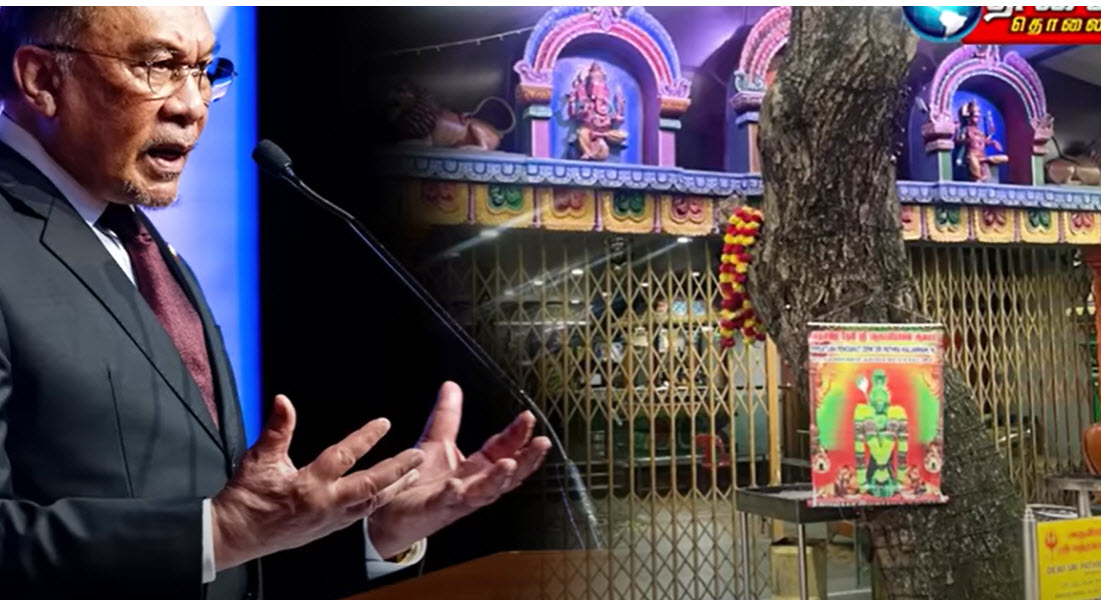 அந்த விரிவான புதுப்பித்தல்கள் DBKL இன் ஒப்புதலுடன் மேற்கொள்ளப்பட்டன, இது கோயில் ஒருபோதும் “ஹராம்” அல்ல என்பதை நிரூபிக்கிறது, ஆனால் அதிகாரிகளால் எப்போதும் சட்டபூர்வமானதாக அங்கீகரிக்கப்பட்டது. மேலும், வரலாற்றைக் கருத்தில் கொண்டு, சட்டப்பூர்வமானது.
அந்த விரிவான புதுப்பித்தல்கள் DBKL இன் ஒப்புதலுடன் மேற்கொள்ளப்பட்டன, இது கோயில் ஒருபோதும் “ஹராம்” அல்ல என்பதை நிரூபிக்கிறது, ஆனால் அதிகாரிகளால் எப்போதும் சட்டபூர்வமானதாக அங்கீகரிக்கப்பட்டது. மேலும், வரலாற்றைக் கருத்தில் கொண்டு, சட்டப்பூர்வமானது.
2014 இல் Jakel Trading Sdn Bhd நிலத்தை வாங்கியபோது, அது நிலத்தில் அமைந்துள்ள கோவிலின் உரிமைகளுக்கு உட்பட்டது. அதனால்தான் Jakel மற்றும் DBKL இடையேயான விற்பனை மற்றும் கொள்முதல் ஒப்பந்தத்தை வெளியிட வேண்டும் என்று நாங்கள் முன்பு கேட்டிருந்தோம்.
சட்டப்பூர்வ நிலை என்னவென்றால், உரிமைகள் சமபங்கு மற்றும் எஸ்டோப்பல் மூலம் கோயிலில் கையகப்படுத்தப்பட்டு வாழ்கின்றன. எனவே, கோயில் சட்டப்பூர்வமானது அல்ல அல்லது 10 ஆண்டுகளுக்கு முன்பு வந்த புதிய நில உரிமையாளருடன் ஒப்பிடும்போது தாழ்ந்த உரிமைகளைக் கொண்டுள்ளது என்று கூறுவது தெளிவாகத் தவறு.
இந்த விவகாரம் நீதிமன்றத்திற்குச் சென்றிருந்தால், அந்த சட்ட சிக்கல்கள் மற்றும் தேசிய பாரம்பரியச் சட்டம் 2005 மற்றும் பிற சட்டங்களின் கீழ் எழும் சிக்கல்கள் கோயிலின் சார்பாக முன்வைக்கப்பட்டு தீவிரமாக வாதிடப்பட்டிருக்கும்.
மேலும், உரிமைகள் மற்றும் நலன்களைத் தீர்க்க நீதிமன்றம் ஜாகல் விற்பனை மற்றும் கொள்முதல் ஒப்பந்தத்தை ஆராய்ந்திருக்கும்.
இதுபோன்ற ஒரு முக்கிய ஆய்வு தாமன் ரிம்பா வழக்கில் மேற்கொள்ளப்பட்டது, அங்கு கூட்டாட்சி நீதிமன்றம் வழக்கின் வரலாற்றை ஆராய்ந்து, மேயர் நிலத்தை வாங்கும் தரப்பினருக்கு விற்றதில் ஈடுபட்டதும், பின்னர் வாங்குபவருக்கு மேம்பாட்டு உத்தரவை வழங்குவதும் உண்மையில் ஒரு சுயநலமானது என்று கண்டறிந்தது.
 இந்த வழக்கு நீதிமன்றத்திற்குச் சென்றிருந்தால் இதே போன்ற பிரச்சினைகள் எழுந்திருக்கும், இது சட்ட நிலை சித்தரிக்கப்பட்டுள்ளதை விட மிகவும் ஆழமாகச் சென்று கடுமையான கேள்விகளை எழுப்புகிறது என்பதை நிரூபிக்கிறது.
இந்த வழக்கு நீதிமன்றத்திற்குச் சென்றிருந்தால் இதே போன்ற பிரச்சினைகள் எழுந்திருக்கும், இது சட்ட நிலை சித்தரிக்கப்பட்டுள்ளதை விட மிகவும் ஆழமாகச் சென்று கடுமையான கேள்விகளை எழுப்புகிறது என்பதை நிரூபிக்கிறது.
(ஆ) நிலத்தின் சந்தை மதிப்பு காரணமாக கோயிலுக்கு எதிர்பாராத லாபம் கிடைத்தது. 1890 களில் கோயில் இப்பகுதியில் தொடங்கியது, அப்போது நிலம் யாருக்கும் பதிவு செய்யப்படவில்லை மற்றும் சிறிய பொருளாதார மதிப்பு கொண்டது. தற்போதைய சந்தை மதிப்பில் நிலத்தை மதிப்பிட்டு, அதை கோயிலுக்கு அதிக லாபம் ஈட்டுவதாக அறிவிப்பது தீங்கிழைக்கும் மற்றும் தீய நோக்கம் கொண்டது.
சதுர அடி விகிதம் நிலத்தின் மதிப்பை மதிப்பிடுவது மிகவும் அர்த்தமற்றது, ஏனெனில் அது ஒரு வழிபாட்டுத் தலமாகும், வணிக முதலீடாகாது. மேலும், புதிய நிலம் வழிபாட்டுத் தலமாக வர்த்தமானியில் வெளியிடப்படும் என்று அரசாங்கம் உறுதிப்படுத்தியுள்ளது, அதாவது சட்டப்படி அதை லாபத்திற்காக விற்க முடியாது.
(இ) கோயில் ஒரு அத்துமீறல் – புறம்போக்கானது
கோயில் ஒரு “பென்செரோபோ” அல்லது அத்துமீறல் என்று மீண்டும் மீண்டும் கூறப்பட்டுள்ளது, இருந்தபோதிலும் இப்போது நிலம் வழங்கப்படுகிறது.
அத்துமீறல் என்பது ஒருவரின் நிலத்தில் அனுமதியின்றி நுழைவதாகும். ஆரம்பம் முதலில் அந்த நிலத்தில் கோயில் இருக்கும்போது, வேறு யாருக்கும் முன்பே, மலேசியா உருவாக்கப்படுவதற்கு நீண்ட காலத்திற்கு முன்பே அல்லது DBKL அல்லது Jakel இருந்ததற்கு நீண்ட காலத்திற்கு முன்பே?கோவிலை எப்படி “அத்துமீறல்” என்று அழைக்க முடியும்?
மதிப்புமிக்க புதிய நிலத்தைப் பெறுவதற்காக கோயில் தங்கியிருக்க வேண்டும் என்று நியாயமற்ற முறையில் வலியுறுத்தியது. இறுதியில் எழுந்த பிரச்சினை கோயிலின் உருவாக்கம் பற்றியது அல்ல. தற்போதைய இடத்திலேயே தங்கி, புதிய மசூதியை அதன் அருகிலுள்ள வரவேற்க வேண்டும் என்பது கோயிலின் விருப்பமாக எப்போதும் இருந்தது.
Lawyers set record straight on temple saga amid ‘misguided’ polemics
Lawyers representing the Dewi Sri Pathrakaliamman Temple committee have moved to “set the record straight” on issues related to the plot of land along Jalan Munshi Abdullah, Kuala Lumpur.
Former Malaysian Bar president Ambiga Sreenevasan and Lawyers for Liberty co-founder N Surendran noted that allegations and counter-allegations against the temple remain despite the recently concluded Madani Mosque groundbreaking ceremony that marked a resolution reached between all parties.
The duo said the allegations had given an erroneous impression of the status and legal rights of the temple.
The allegations are set out below and answered in turn.
(a) The temple is ‘haram’
This is plainly wrong and disregards the entire historical background and circumstances of the temple in that location.
The temple was built long before Merdeka and remained in substantially the same location, despite some rebuilding in 2008 under the Kuala Lumpur City Hall’s (DBKL) instructions to allow for an access road to be made.
Those extensive renovations were carried out with the knowledge and consent of DBKL, which proves that the temple was never “haram”, but was always recognised by the authorities as legitimate.
Furthermore, given the history, the legal position is not as simple or simplistic as it is made out to be.
When Jakel Trading Sdn Bhd bought the land in 2014, it was subject to the rights of the temple situated on the land. This is why we had earlier asked for the sale and purchase agreement between Jakel and DBKL to be disclosed.
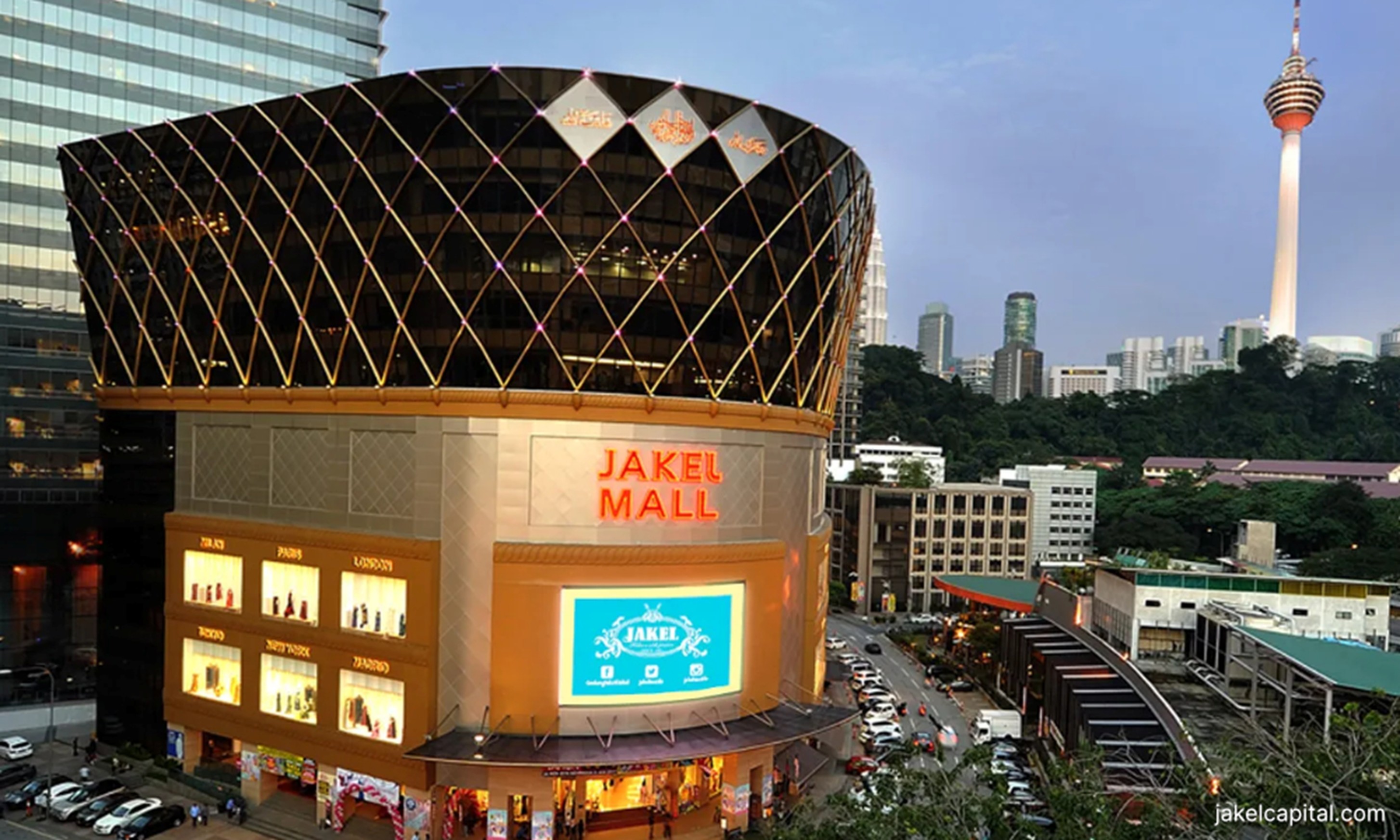 The legal position is that rights have been acquired by and subsist in the temple by equity and estoppel. Hence, it is plainly wrong to suggest that the temple is not legal or has inferior rights as compared to the new land owner, who came in a mere 10 years ago.
The legal position is that rights have been acquired by and subsist in the temple by equity and estoppel. Hence, it is plainly wrong to suggest that the temple is not legal or has inferior rights as compared to the new land owner, who came in a mere 10 years ago.
Had the matter proceeded to court, those legal issues and the issues arising under the National Heritage Act 2005 and other legislation would have been presented and vigorously argued on behalf of the temple.
Further, the court would have scrutinised the Jakel sale and purchase agreement to resolve the competing rights and interests.
Such an examination was undertaken in the landmark Taman Rimba case, where the Federal Court examined the history of the case and found that the mayor’s involvement in the sale of the land to the purchasing party, and yet later granting a development order to the purchaser, was indeed a conflict of interest.
Similar issues would have arisen in this case if it had gone to court, which demonstrates that the legal position goes far deeper than has been portrayed and poses serious questions.
(b) The temple had a windfall due to the land’s market value
The temple had its beginnings in the area in the 1890s, when the land was not registered to anyone and was of little economic value. To now value the land at the current market value and pronounce it as an exorbitant gain to the temple is malicious and ill-intentioned.
Assessing the land by value per square foot is quite meaningless as it is a place of worship, not a commercial investment. Further, the government has affirmed that the new land will be gazetted as a place of worship, which means by law it cannot be sold for profit.
(c) The temple is a trespasser
It has been repeatedly said that the temple is a “penceroboh” or trespasser, and is now being rewarded with land despite its own “wrongdoing”.
A trespasser is a person who enters someone’s land without consent. How can the temple be dubbed a “trespasser” when they were on the land first, long before anyone else? Long before Malaysia was even formed or DBKL or Jakel had even existed?
- d) The temple unreasonably insisted on staying to get valuable new land
The issue that ultimately arose was not of the temple’s making. It was always the temple’s wish to remain at the present site and welcome the new mosque as its near neighbour.
However, matters were precipitated by a letter dated Feb 21, 2025, from DBKL, giving the temple committee three days to agree to move to an alternative site, which was far away from the Masjid India area and the large community of worshippers the temple served.
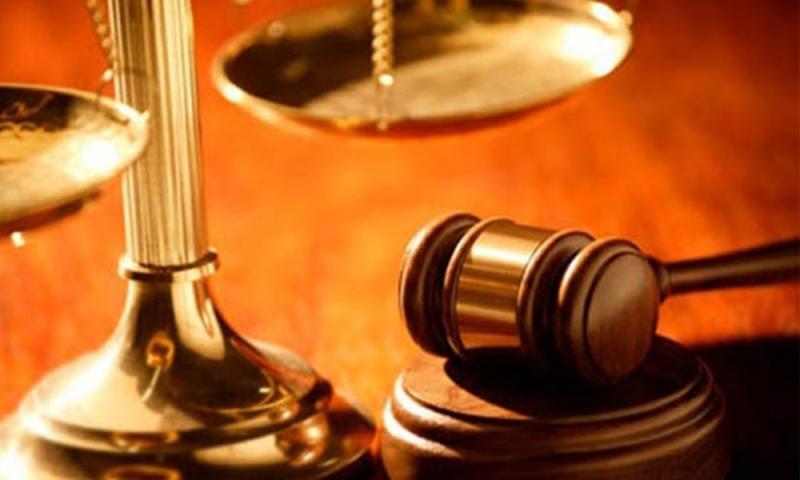 Accepting an unsuitable site would have removed all traces of the historical presence of the temple in the Masjid India locality. It would have been the obliteration of a piece of Malaysian religious and cultural history and the extinguishment of a key facet of the multicultural make-up of Masjid India. Other sites offered had to be rejected due to fundamental unsuitability.
Accepting an unsuitable site would have removed all traces of the historical presence of the temple in the Masjid India locality. It would have been the obliteration of a piece of Malaysian religious and cultural history and the extinguishment of a key facet of the multicultural make-up of Masjid India. Other sites offered had to be rejected due to fundamental unsuitability.
The new site, 50m away from the current location, was accepted by the temple on March 25, 2025, as it would remain among the community there and, to some extent, maintain the ethos and history of the temple.
We trust that the clarification we have provided will make clear some of the legal issues that arise in a case like this and will stop the misguided polemics that have multiplied around this issue.

